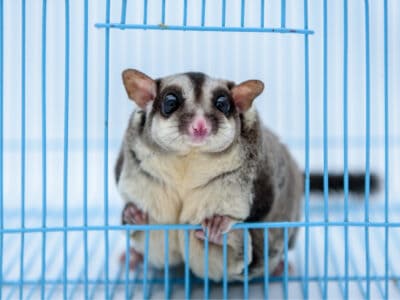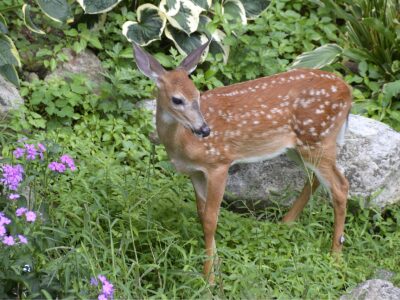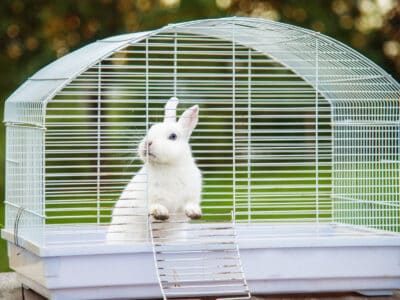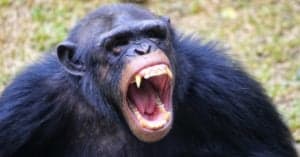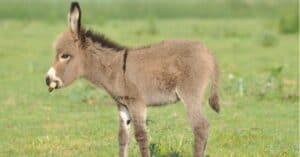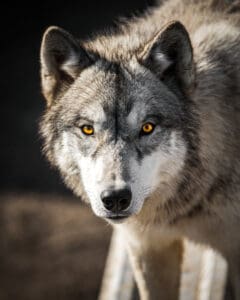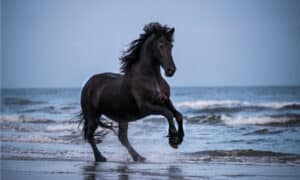Hamster vs Guinea Pig: What Are the Differences?
@media (min-width: 481px) {
.mobile-top-content {
display: none;
}
}
#mobileTopContentCTACarouselControls { overflow: hidden; text-overflow: ellipsis; white-space: nowrap; }
.mobile-top-content .more { color: #fff; }
.mobile-top-content a { color: #fff; text-decoration: underline; }
.mobile-top-content a:hover { color: #fff; text-decoration: underline; }
@media (max-width: 480px) {
.mobile-top-content {
background-color: #06a10b;
color: #fff;
text-align: center;
/*height: 60px;
padding-top:5px;*/
font-size:80%;
/* display: block; */
margin: 0px -30px;
}
}
Hamsters are popular pets for young people to own. They don’t require too much in the way of care and though they can get out of their enclosures, they’re not likely to ruin one’s home. Another small rodent that fits the bill for a diminutive furry pet is the guinea pig. These surprisingly social creatures are known for their “popcorning” and chirping behaviors. Before you get one of these as a pet, you need to know the differences between a hamster vs guinea pig.
Don’t worry, we’re going to explain the qualities that set these animals apart from one another. By the time we’re done here, you’ll know how these two animals are distinct from one another.
Comparing a Hamster and a Guinea Pig
Image needed: hamster vs guinea pig
| Hamster | Guinea Pig | |
| Size | Weight: 3.5oz to 10.5oz Length: 2in to 14in | Weight: 1lb to 3.5lbs Length: 8in to 16in |
| Social Nature | They do well and often prefer to be alone due to resource scarcity. | Social animals that do better in pairs or a small herd. |
| Food Preference | Omnivore | Herbivore |
| Waking Period | Nocturnal | Partially nocturnal and diurnal |
| Lifespan | 2 to 4 years with many variances according to breed | 3 to 8 years |
| Offspring | – Babies are born both sightless and hairless – Litters as large as 20 pups | – 2-4 pups – Highly capable young that can move, see and has teeth |
The Key Differences Between Hamster vs Guinea Pig

yurilily/Shutterstock.com
The biggest differences between hamsters and guinea pigs are their size, social nature, and food preferences. Guinea pigs are much larger than hamsters, weighing several pounds whereas the hamster doesn’t even weigh a pound.
Also, guinea pigs are very social creatures and should be kept in an enclosure with other guinea pigs, but hamsters are mostly solitary creatures that can do very well on their own.
Lastly, hamsters are omnivores, so they’ll eat a wide variety of food including insects, but guinea pigs are strict herbivores that will not eat any other animals.
These differences separate the two animals and can make it easy to choose one to be a pet.
Hamster vs Guinea Pig: Size
Hamsters are smaller than guinea pigs by quite a bit. A hamster will grow to a maximum length of about 14 inches including its tail, and a guinea pig can grow up to 16 inches in length, but they do not have a tail.
Hamsters typically weigh between 3.5 ounces and 10.5 ounces, but guinea pigs can weigh up to 3.5 pounds. Guinea pigs are rather large rodents to keep as pets, so they need a lot of space in their enclosures.
Hamster vs Guinea Pig: Social Nature
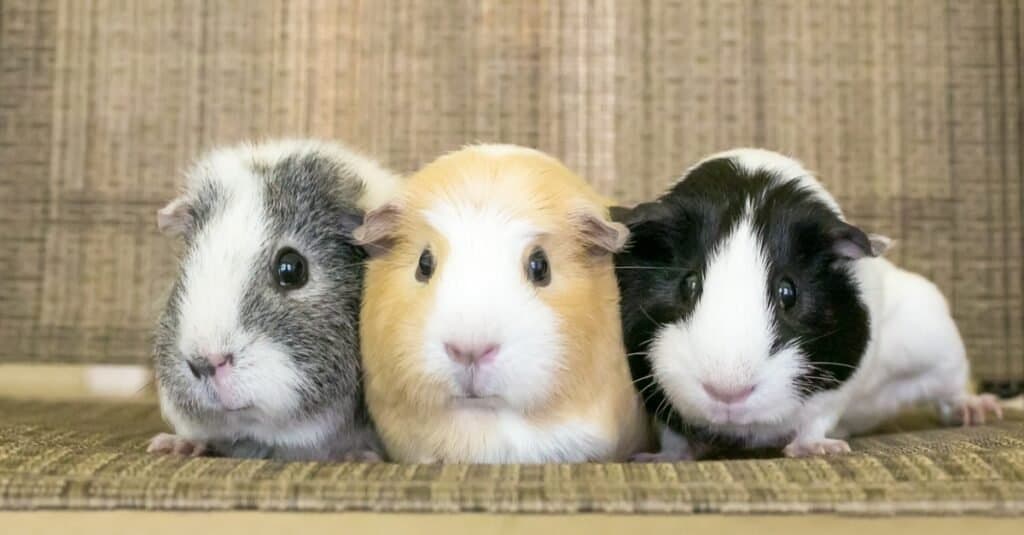
Mary Swift/Shutterstock.com
Hamsters are not as social as guinea pigs. Hamsters naturally live in dry, arid places around the world, so they are hardwired for living in times of scarcity. As a result, many species of hamsters are not very social, preferring to keep their provisions to themselves. That doesn’t mean you can’t have multiple hamsters, though.
Guinea pigs are natural herd creatures, preferring to live in small groups with one another. These creatures are very social and have complex interactions with one another. A major mistake that pet owners make when buying guinea pigs is just getting one. These animals need the presence of others in which to thrive.
Hamster vs Guinea Pig: Food Preference
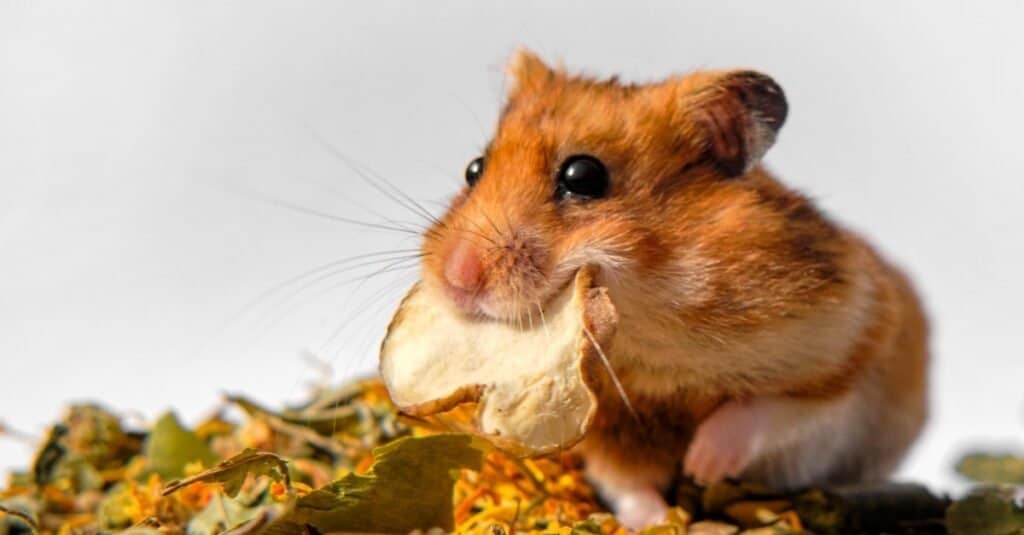
Kavaleuskaya Aksana/Shutterstock.com
Hamsters are omnivores and guinea pigs are herbivores. Hamsters mostly eat plant matter, but they have been observed eating mealworms and insects to supplement their diet with protein. However, these animals do not require a great deal of protein, so choosing the right food for a pet hamster eliminates the need to feed them insects at all.
Guinea pigs are simply herbivorous animals. They will only eat plant-based food, including various types of hay. High-quality guinea pig food will provide them with all the nutrition that they need to survive and grow.
Hamster vs Guinea Pig: Waking Period
Most hamster species are nocturnal, but guinea pigs are partially nocturnal and diurnal. The waking period of these animals can be a little difficult to map since some hamsters are actually most active during twilight hours instead of nighttime.
Moreover, guinea pigs will often sleep for a very short time, between four and six hours per day with much of that broken up into short naps. That means they end up being diurnal and nocturnal, sleeping and being awake at various times of the day and night.
Hamster vs Guinea Pig: Lifespan
Guinea pigs live longer than hamsters. Unfortunately, hamsters have a very short lifespan, with many of them only living about two years and some stretching out their time closer to four. You can optimize your pet’s life expectancy with good care.
Guinea pigs can live much longer when they are properly cared for in captivity. On average, they will live between three and eight years, with the latter being possible if they have their needs attended to by a loving human being.
Both animals require attention to their diet, stress levels, and unique health problems that may crop up throughout their lives.
Hamster vs Guinea Pig: Offspring
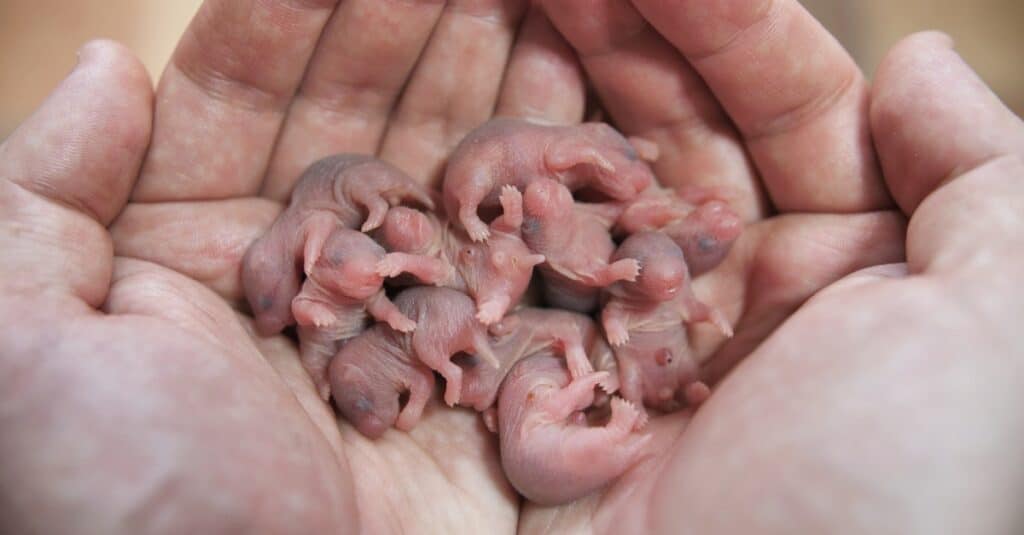
iStock.com/Mikhail Davidovich
Hamsters have larger litters than guinea pigs when it comes to reproduction. Hamster babies are born sightless, hairless, and relatively helpless. They are born into litters that can be as large as 20 pups at a time!
Guinea pigs have smaller litters of just two to four pups at a time. However, their young can see, move around, and have teeth shortly after they are born. Guinea pigs are born at the bottom of the food chain, so they need every opportunity to survive that is available to them.
Guinea pigs and hamsters both make for great pets. However, they are very different creatures from one another. Most guinea pigs are larger, more social, and live longer than hamsters in the majority of cases. Yet, both of these animals make for great pets for people that are learning how to care for other animals and for those with a lot of experience and love to give!
More from A-Z Animals
.more-snake-card-image { max-height:140px !important; }
@media (min-width: 481px) {
.mobile-top-content {
display: none;
}
}
#mobileTopContentCTACarouselControls { overflow: hidden; text-overflow: ellipsis; white-space: nowrap; }
.mobile-top-content .more { color: #fff; }
.mobile-top-content a { color: #fff; text-decoration: underline; }
.mobile-top-content a:hover { color: #fff; text-decoration: underline; }
@media (max-width: 480px) {
.mobile-top-content {
background-color: #06a10b;
color: #fff;
text-align: center;
/*height: 60px;
padding-top:5px;*/
font-size:80%;
/* display: block; */
margin: 0px -30px;
}
}
Hamsters are popular pets for young people to own. They don’t require too much in the way of care and though they can get out of their enclosures, they’re not likely to ruin one’s home. Another small rodent that fits the bill for a diminutive furry pet is the guinea pig. These surprisingly social creatures are known for their “popcorning” and chirping behaviors. Before you get one of these as a pet, you need to know the differences between a hamster vs guinea pig.
Don’t worry, we’re going to explain the qualities that set these animals apart from one another. By the time we’re done here, you’ll know how these two animals are distinct from one another.
Comparing a Hamster and a Guinea Pig
Image needed: hamster vs guinea pig
| Hamster | Guinea Pig | |
| Size | Weight: 3.5oz to 10.5oz Length: 2in to 14in | Weight: 1lb to 3.5lbs Length: 8in to 16in |
| Social Nature | They do well and often prefer to be alone due to resource scarcity. | Social animals that do better in pairs or a small herd. |
| Food Preference | Omnivore | Herbivore |
| Waking Period | Nocturnal | Partially nocturnal and diurnal |
| Lifespan | 2 to 4 years with many variances according to breed | 3 to 8 years |
| Offspring | – Babies are born both sightless and hairless – Litters as large as 20 pups | – 2-4 pups – Highly capable young that can move, see and has teeth |
The Key Differences Between Hamster vs Guinea Pig

yurilily/Shutterstock.com
The biggest differences between hamsters and guinea pigs are their size, social nature, and food preferences. Guinea pigs are much larger than hamsters, weighing several pounds whereas the hamster doesn’t even weigh a pound.
Also, guinea pigs are very social creatures and should be kept in an enclosure with other guinea pigs, but hamsters are mostly solitary creatures that can do very well on their own.
Lastly, hamsters are omnivores, so they’ll eat a wide variety of food including insects, but guinea pigs are strict herbivores that will not eat any other animals.
These differences separate the two animals and can make it easy to choose one to be a pet.
Hamster vs Guinea Pig: Size
Hamsters are smaller than guinea pigs by quite a bit. A hamster will grow to a maximum length of about 14 inches including its tail, and a guinea pig can grow up to 16 inches in length, but they do not have a tail.
Hamsters typically weigh between 3.5 ounces and 10.5 ounces, but guinea pigs can weigh up to 3.5 pounds. Guinea pigs are rather large rodents to keep as pets, so they need a lot of space in their enclosures.
Hamster vs Guinea Pig: Social Nature

Mary Swift/Shutterstock.com
Hamsters are not as social as guinea pigs. Hamsters naturally live in dry, arid places around the world, so they are hardwired for living in times of scarcity. As a result, many species of hamsters are not very social, preferring to keep their provisions to themselves. That doesn’t mean you can’t have multiple hamsters, though.
Guinea pigs are natural herd creatures, preferring to live in small groups with one another. These creatures are very social and have complex interactions with one another. A major mistake that pet owners make when buying guinea pigs is just getting one. These animals need the presence of others in which to thrive.
Hamster vs Guinea Pig: Food Preference

Kavaleuskaya Aksana/Shutterstock.com
Hamsters are omnivores and guinea pigs are herbivores. Hamsters mostly eat plant matter, but they have been observed eating mealworms and insects to supplement their diet with protein. However, these animals do not require a great deal of protein, so choosing the right food for a pet hamster eliminates the need to feed them insects at all.
Guinea pigs are simply herbivorous animals. They will only eat plant-based food, including various types of hay. High-quality guinea pig food will provide them with all the nutrition that they need to survive and grow.
Hamster vs Guinea Pig: Waking Period
Most hamster species are nocturnal, but guinea pigs are partially nocturnal and diurnal. The waking period of these animals can be a little difficult to map since some hamsters are actually most active during twilight hours instead of nighttime.
Moreover, guinea pigs will often sleep for a very short time, between four and six hours per day with much of that broken up into short naps. That means they end up being diurnal and nocturnal, sleeping and being awake at various times of the day and night.
Hamster vs Guinea Pig: Lifespan
Guinea pigs live longer than hamsters. Unfortunately, hamsters have a very short lifespan, with many of them only living about two years and some stretching out their time closer to four. You can optimize your pet’s life expectancy with good care.
Guinea pigs can live much longer when they are properly cared for in captivity. On average, they will live between three and eight years, with the latter being possible if they have their needs attended to by a loving human being.
Both animals require attention to their diet, stress levels, and unique health problems that may crop up throughout their lives.
Hamster vs Guinea Pig: Offspring

iStock.com/Mikhail Davidovich
Hamsters have larger litters than guinea pigs when it comes to reproduction. Hamster babies are born sightless, hairless, and relatively helpless. They are born into litters that can be as large as 20 pups at a time!
Guinea pigs have smaller litters of just two to four pups at a time. However, their young can see, move around, and have teeth shortly after they are born. Guinea pigs are born at the bottom of the food chain, so they need every opportunity to survive that is available to them.
Guinea pigs and hamsters both make for great pets. However, they are very different creatures from one another. Most guinea pigs are larger, more social, and live longer than hamsters in the majority of cases. Yet, both of these animals make for great pets for people that are learning how to care for other animals and for those with a lot of experience and love to give!

